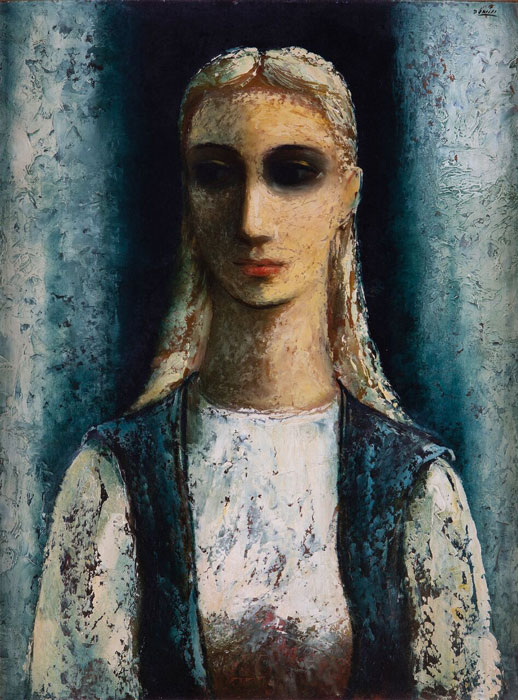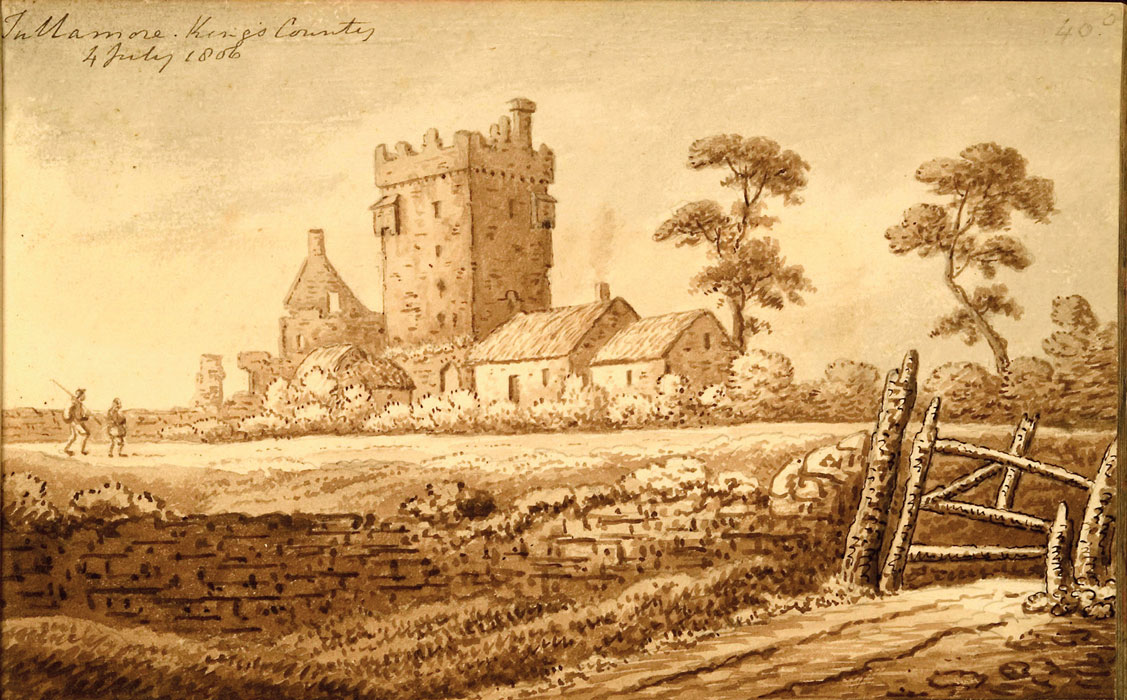

RICHARD COLT HOARE (1758-1838) TULLAMORE, KING’s COUNTY 1806 pencil, watercolour and ink 17x27cm ©RIA
Peter Harbison unearths the works of amateur artist and archaeologist Richard Colt Hoare during his summer in Ireland in 1806
The rise of Napoleon in the first five years of the 19th century and his belligerent attitude towards England – though lessened when he marched his Grande Armée away from the Channel right across Europe to occupy Vienna and win the Battle of Austerlitz in December 1805 – must have put the fear of God into affluent Britons, forcing them to abandon their accustomed idea of going on a grand tour to France and Italy, and deciding instead to travel nearer home. Among those who chose to be more adventurous and took a ship for Ireland was the well-known archaeologist Richard Colt Hoare (1758-1838). He was of rich banking stock and the owner of the great house and garden at Stourhead in Wiltshire, which is now a gem of the National Trust. It was there that he housed one of the greatest private libraries in Britain and where he prepared himself for a voyage that started in Wales, crossing the sea to Ireland to spend part of the summer of 1806 with his 22-year-old son, Henry. He published the account of his travels in diary form in London and Dublin the following year, bearing the title Journal of a Tour in Ireland A.D. 1806.
To read this article in full, subscribe or buy this edition of the Irish Arts Review
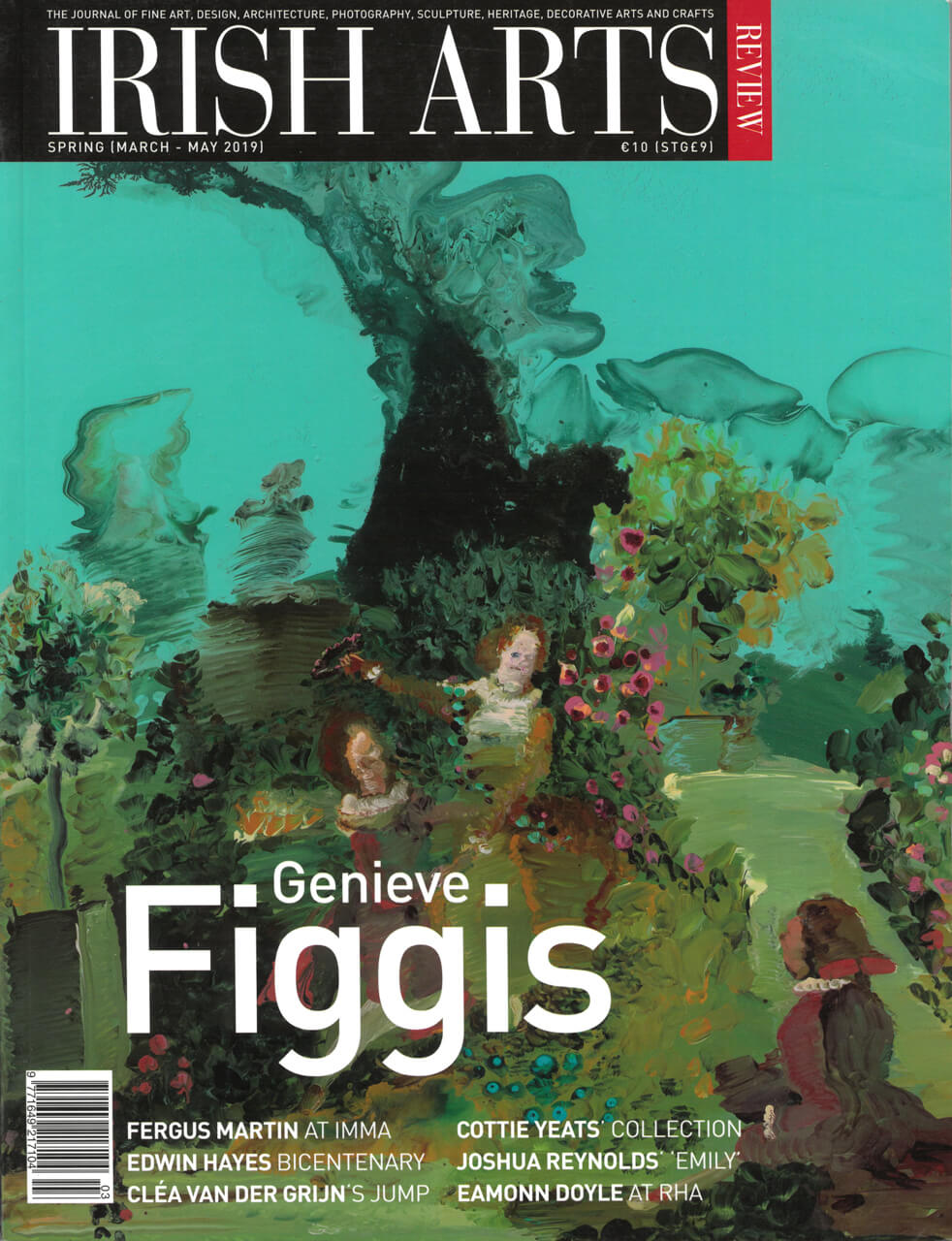
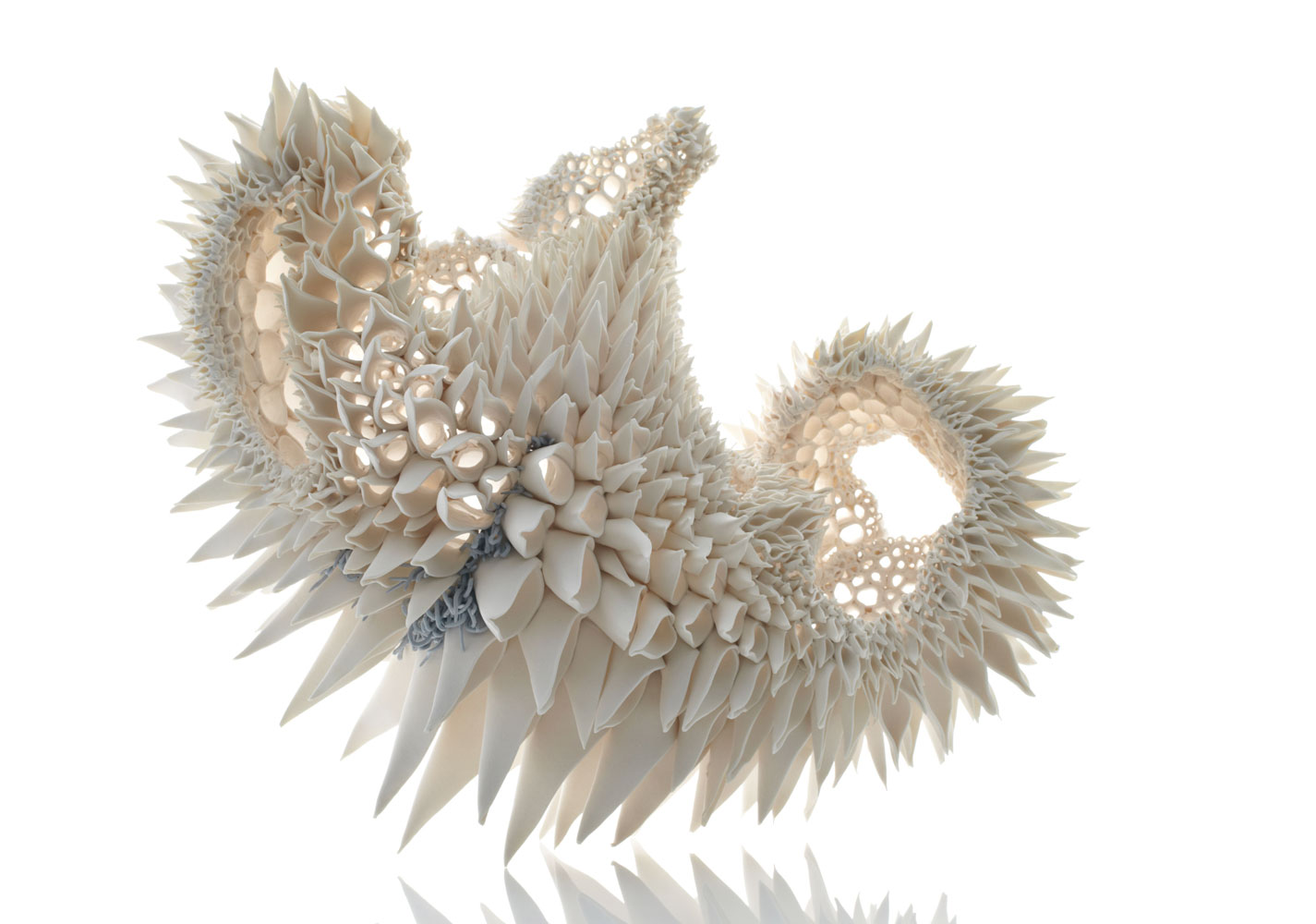
Research into theoretical principles across the fields of art, science and aesthetics imbue Nuala O’Donovan’s work, writes Mark Ewart
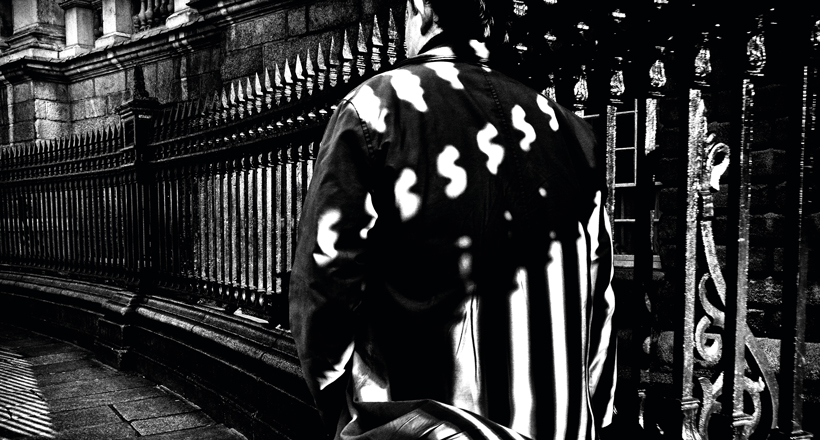
Eamonn Doyle’s portraits of Dubliners are unposed, untroubled by vanity and full of momentum, writes Stephanie McBride
